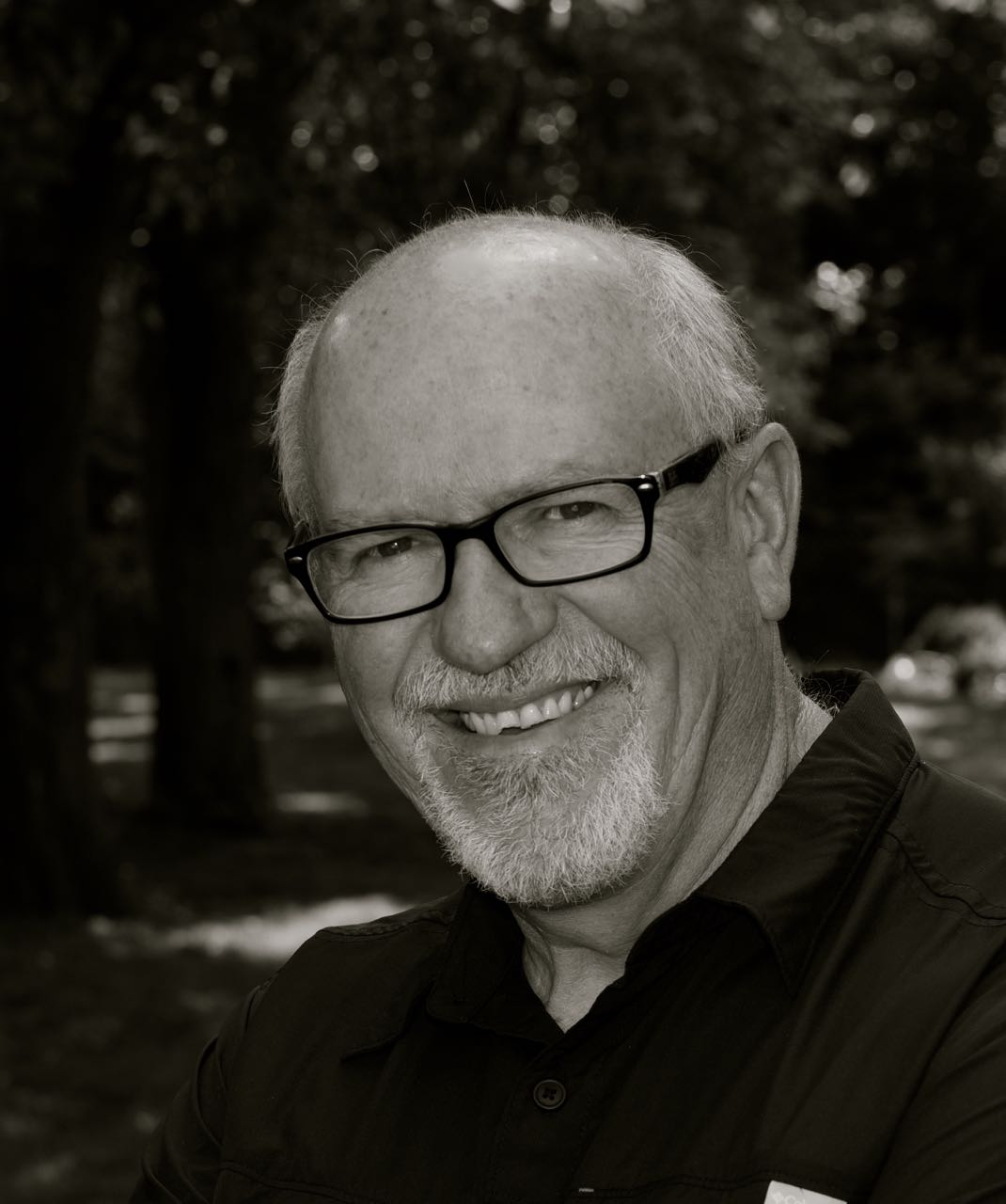“If I only had an hour to chop down a tree, I would spend the first 45 minutes sharpening my axe.” – Abraham Lincoln
You need your imagination to read this post!
I discovered why I like touring old buildings like the Bud Ogle’s log cabin in the Great Smoky Mountain National Park on the Tennessee side and the Mountain Farm Museum on the North Carolina side: everything was handmade. Back then, they had no other choice. However, today, I have a woodworking shop filled with machines that would have made their works so much easier. Yet, here I am at my age, wanting to build more things by hand rather than machines because of the enjoyment in the process.
As I stepped up the creaky stairs of the cabin, I let my imagination wander and I could hear Bud Ogle’s axe striking the wood as I ran my hand along the axe marks on the log cabin. With rhythmic movement of a 4/4 count, I could see his sinewy body swing the axe in an arc as he reached high above his head, then pulling the axe into the wood with the last movement of his legs drawing the head into the log.


Not far away, his wife was storing food in the root cellar they dug in the side of the hill where a small, fresh spring of water coursed along the bottom, keeping it cool. I could smell the smoke from the open-air brick stove heating up the sizzling bacon in the cast iron skillet.
I could see the children up in the barn, dropping feed into the hand-hewn trough made from a single log – the feed bunk for the cows they were getting ready to milk. The barn was often the first structure built because protecting their animals was a matter of life and death to people who lived in that era. The gates to the barn are handmade from wood, not from metal.
I looked on as the older boys dragged another log up from the valley to be hewn for the main cabin. They would build one cabin with a stone fireplace they built, then, five years later as the family expanded, they would build a cabin on the other side of the fireplace so the two could share one heat source. The saddlebag cabin was practical.
As the sons reached an age where they could marry, the family would build a “weaner” cabin where the newlyweds would stay until they built their own place.
The Noah “Bud” Ogle cabin was built in the late 1800’s and the logs are all hand-hewn with half-dovetail corners. While it was once a working farm, it was enveloped into the National Park when it was established in 1934 and became an historical site for tourists like me to inspect.

A few miles up the valley is another similar place, the home of the famous Walker Sisters. Their home and land, too, were folded into the National Park but they struck a deal that they could live in their home until the last one died which was 1965. For 30 years, the five sisters were a part of the tourist attraction to the National Park. I can’t imagine tourists coming by my home each day, poking around, asking questions. But the Walker Sisters figured out a way to make a living off those tourists by selling them handmade items.
Over the mountain and down on the other side into North Carolina, there is another farm you can tour along the Oconaluftee River. Like the Ogle homestead, the farmstead abounds with structures and equipment all made by hand or used to make things by hand.
As I walked around these historic structures, I conclude that I was born in the wrong century. I now have a burning desire to build a log cabin, all with lumber I have hewn by hand. I just don’t think my tennis elbow can take swinging axes and adzes that much.
There’s a surge, especially among a younger generation, of relearning the lost crafts of woodworking with hand tools rather than power equipment. Personally, I find myself drawn into these lost arts for a variety of reasons:
- It is a quiet art. No loud power tools running, just the quiet songs of hand planes shaving off one fine strip of wood at a time, the gentle thump of wooden mallet striking a chisel, the rasp of a saw cutting a board.
- It’s like choosing to hike to Pike’s Peak rather than driving a car; it’s all about the journey.
- It involves a greater skill set, one that only comes with practice.
- It is unique and can’t be mass produced.
- It is a nod to the artisans who’ve gone before me.
I still might build a log cabin with hand hewn logs. It just might take me longer and that’s okay.




